In the beginning God created humans and put them in the Garden of Eden. Things did not turn out so well for humans however and they were cast out. Ever since they have been looking for a way back into the garden. Luckily the Bible gives a fairly concrete description of where the garden is.
“A river watering the garden flowed from Eden; from there it was separated into four headwaters. The name of the first is the Pishon; it winds through the entire land of Havilah, where there is gold. The gold of that land is good; aromatic resin and onyx are also there. The name of the second river is the Gihon; it winds through the entire land of Cush. The name of the third river is the Chidekel; it runs along the east side of Ashur. And the fourth river is the Phirath.”
Unfortunately where these four rivers actually are has been a matter of debate ever since the fall of man. Here are ten places that people have identified as the site of Eden.
10Serpent Mound State Memorial
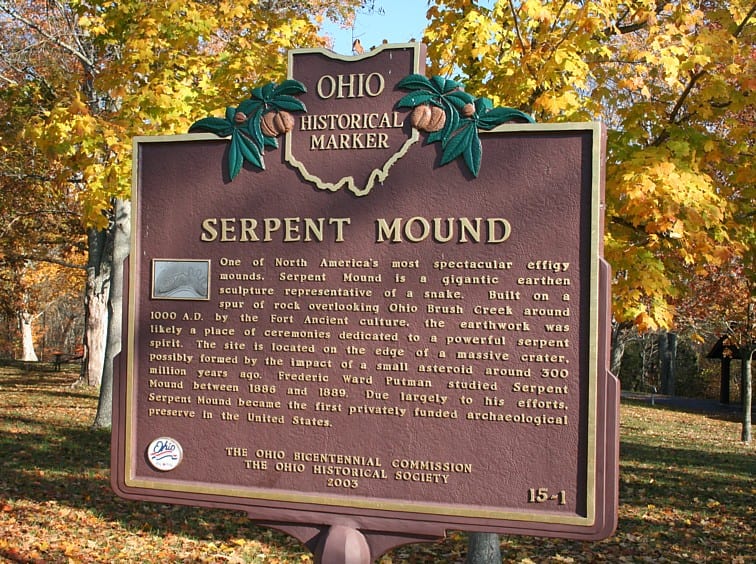
Most searchers after Eden have looked for it somewhere in the Middle East, where most of the Bible’s narrative takes place. But some have looked further afield – like Ohio. If you go to Serpent Mound State Memorial in Ohio you will find a prehistoric effigy of a snake that is over 1300 feet in length and 3 feet high. Viewed from the air the undulating snake looks as if it is trying to swallow an egg, or just maybe a fruit.
Surely then this monument was placed on Earth by God to mark the very site of Eden where the serpent tempted Eve to eat the forbidden fruit. Reverend Edmund Landon West writing in 1908 was the first to make this idea public. “There is now, yet to be seen on the Earth’s Surface, and near Lovetts Post Office, in Adams County, Ohio, the figured lesson of a large Serpent, which gives wonderfully clear and faithful testimony to the facts given by Moses.” There are worse things to find near a post office.
Modern archaeological study has yet to identify who built the monument with any certainty but most scholars resist identifying Ohio as the Garden of Eden.[1]
9Adam’s Peak
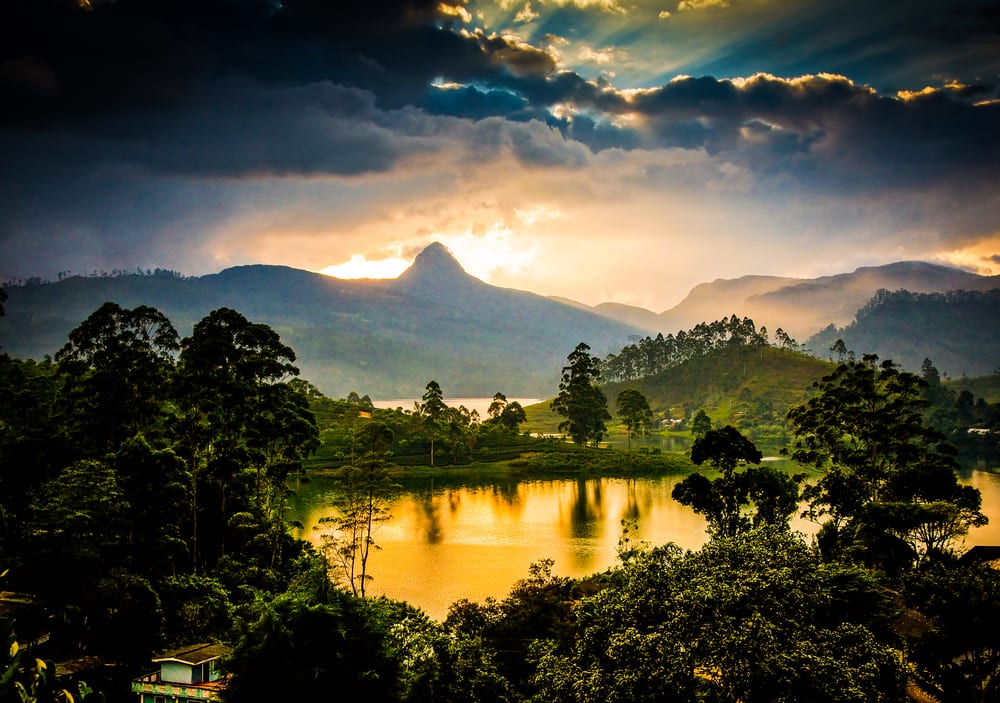
For centuries it was believed that Eden still definitely existed on Earth. To still be intact it would have to be on top of a mountain, otherwise Noah’s flood would have washed it away. Luckily Sri Lanka offers just such a place.
On top of a mountain known as Adam’s peak is a rock formation called Sri Pada – meaning “sacred footprint” – which bears, well, a sacred footprint. To some the rock with a depression resembling a footprint is evidence of Buddha, or the Hindu God Shiva, or Hanuman the monkey. For Muslims and Christians however the footprint is that of Adam and marks the spot he stepped out of Paradise.
In the middle of the 14th century a European monk called Giovanni de’ Marignolli visited the peak and declared the Garden of Eden could be see from the summit. Or, it would have been, if the fog was not so thick.[2]
8Jerusalem
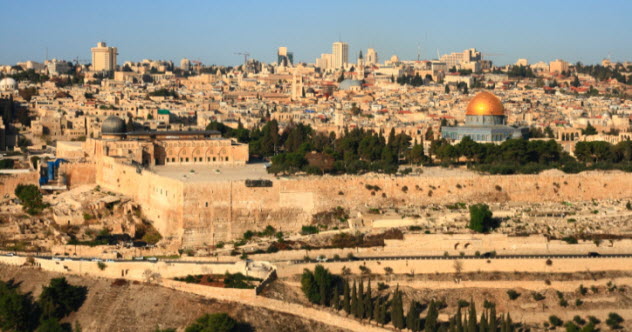
In the minds of many Christians there is a link between Adam and Jesus. Adam was the first man and the one who gifted all subsequent humans with sin, while Jesus is the one who forgives all sins. For one archaeologist however there is a physical link that reveals the location of Eden.
Dr Jodi Magness has searched under the Church of the Holy Sepulchre in Jerusalem. Under the site where Jesus is said to have been crucified and buried is also a shrine to Adam. According to Dr Magness’ theory the blood Jesus shed during his death fell on the burial site of Adam and cleansed him of his sins.
Others have proposed the Temple in Jerusalem as the site of Eden, or even the whole of what is now Israel.[3]
7Iraq
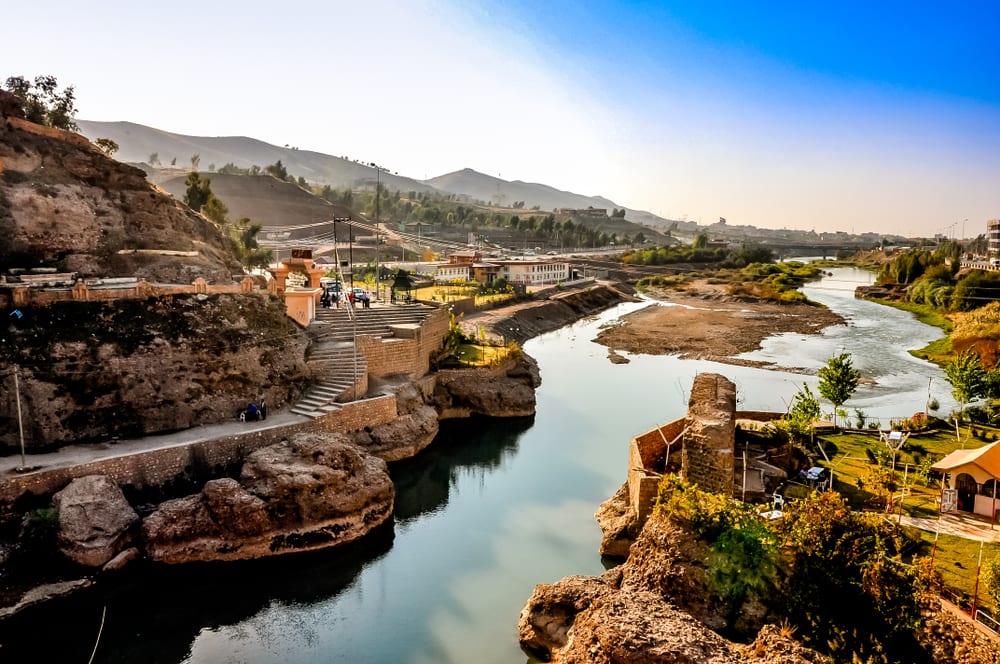
Iraq has long been a favoured place for those looking for Eden. Iraq occupies land once known as Mesopotamia – Greek for “Between the Rivers.” The Tigris and Euphrates have often been proposed as two of the four mighty rivers they flowed from Eden. The fact that Iraq is littered with vast and ancient archaeological ruins convinced many that humanity must have built its first post-Eden cities there.
George Smith stunned Victorian Britain when he revealed the discovery of a cylinder seal that he claimed proved Iraq was the location of Eden. Thousands of cylinder seals had been discovered. When rolled over the surface of claim they imprinted an image – and this one showed a man and a woman beside a tree, both reaching for fruit. And behind them was a snake. Dating from the 22nd century BC it is now thought to show a banquet scene.
The vast wetlands of Iraq have also been seen as the site of Eden because it is one of the few lush regions of the arid land. Saddam Hussein did his best to destroy the region but it has since become a national park.[4]
6Mars
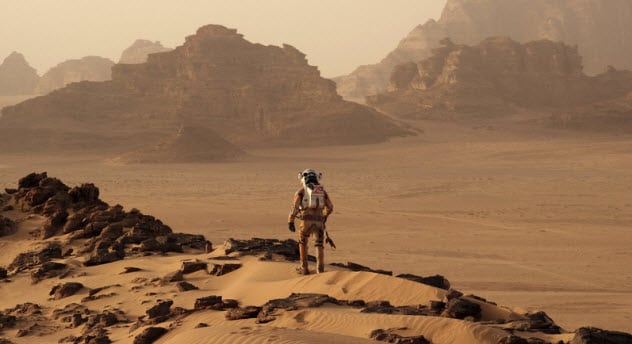
What if the rivers mentioned in the Bible as coming from Eden were not natural rivers but canals? This might make sense in the context of ancient Mesopotamia as they were experts at controlling the flow of water and canals abounded in the region. For some however this idea is far too down-to-Earth. Literally.
William Francis Brinsley Le Poer Trench, 8th Earl of Clancarty, 7th Marquess of Heusden, was a British peer and fan of UFOs. He looked for canals on Earth but found none that might relate to Eden. So he looked upwards and realised there was one place that was famed for its canals – Mars.
In Trench’s theory Adam and Eve were created by aliens on Mars as an experiment. Their descendants continued to live there until Mars’ north polar icecap melted and they had to flee under their leader Noah. The fact that the “canals” on Mars never existed outside of imagination does not seem to have harmed this scenario.[5]
5Praslin Island – Coco de Mer
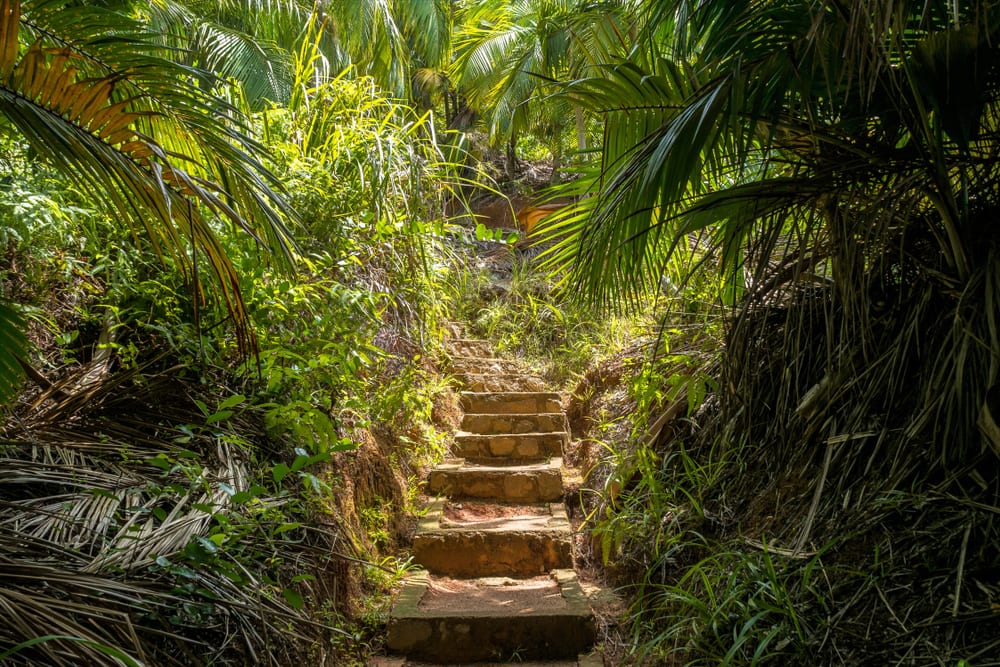
Victorian explorers and military forces took their world view with them and interpreted the world as they expected to find it. When General Charles Gordon visited the Seychelles in 1881 he discovered a lush paradise. Not just any paradise, this was Paradise itself – the Garden of Eden.
Aside from the beautiful location Gordon was convinced that the Seychelles were the site of Eden because of an unusual nut that grows only there. The Coco de Mer is the world’s largest seed and has been prized wherever it washes up from the sea. The Coco de Mer looks rather like a lady’s bottom and somehow this sparked Gordon’s interest.
General Gordon thought the Coco de Mer was obviously the fruit that led to the downfall of Adam and Eve. He wrote that “externally the coco de mer represents the belly and thighs, the true seat of carnal desires.” He was being strongly euphemistic about the body parts that the Coco de Mer resembles.[6]
4Bedford
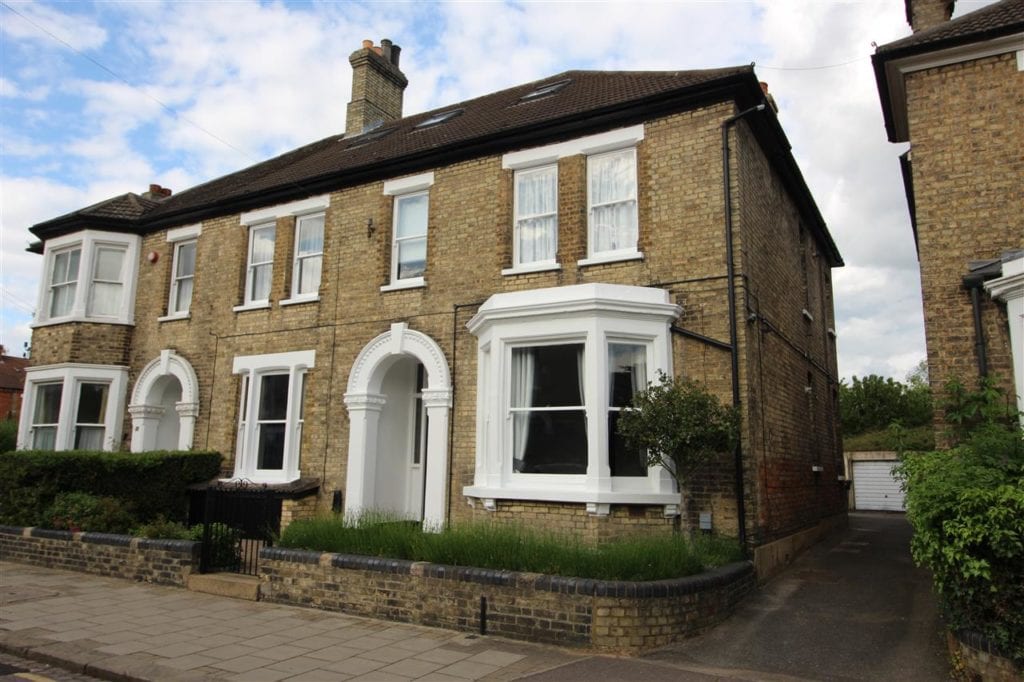
If you are looking for a lost and possibly mythical place you are usually lucky if you know the country it might be located in. For the Garden of Eden however you can find it simply by looking for the address. Eden is at 12 Albany Road, Bedford, England.
Now occupied by a fairly unimpressive suburban house the charming gardens that stand there are not very like the imagined Paradise. In 1919 a prophet by the name of Mabel Barltrop formed a community of Christian women and gathered them together in a house in Bedford.
Luckily for the group it was discovered that their home was the former site of the Garden of Eden and that when Jesus returned to Earth the first place that he visited would be Bedford. The group prepared for Jesus’ return by buying a house for him nearby, and debated whether he would require a shower in his Earthly home.[7]
3Jackson, Missouri
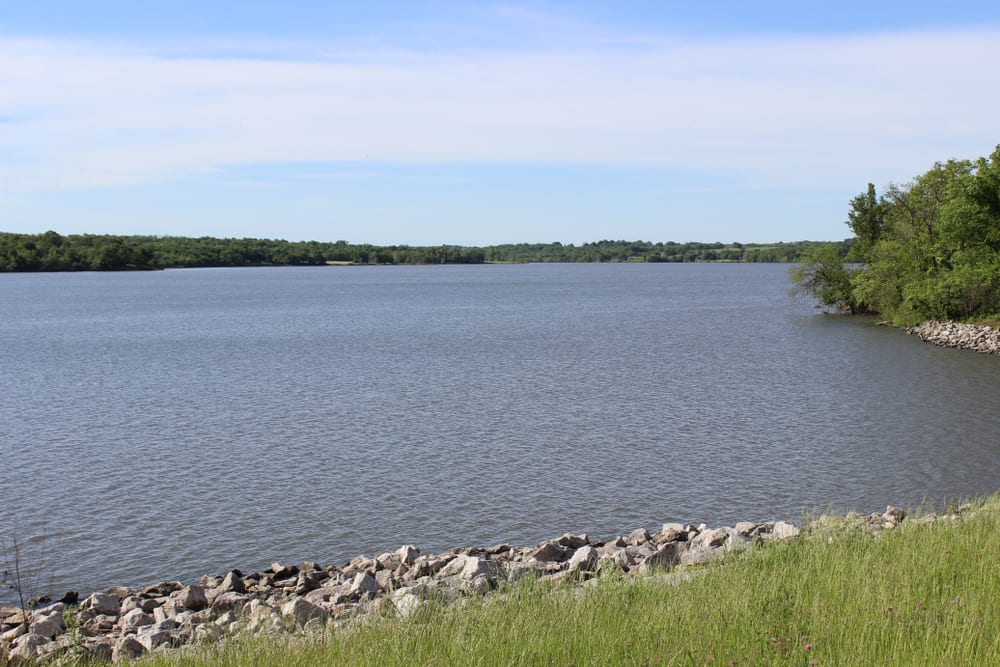
The Church of Jesus Christ of Latter-Day Saints, commonly known as the Mormon Church, has some doctrines that other Christian groups find unusual. Many of these ideas came to the Prophet Joseph Smith in holy revelations. In the early 1830s he visited Jackson County in Missouri and revealed to his followers that the Garden of Eden had once been located there.“From the Lord, Joseph learned that Adam had dwelt on the land of America, and that the Garden of Eden was located where Jackson County now is.”
Not only was the site of the Garden located but the place where Adam and Eve first lived after their expulsion from it. Called Adam-ondi-Ahman it is situated in what is now Daviess County, Missouri. Joseph Smith had found two or three altars in the area that he thought had been set up by the first humans.
Mormon settlers flocked to the site. Their non-Mormon neighbours grew alarmed. The Mormons wished to build a temple there, their neighbours wanted to drive them away. A series of battles between the groups, known as the 1838 Mormon War, saw the Mormons fleeing from the area. Paradise remains without a temple on it.[8]
2Taklamakan Desert
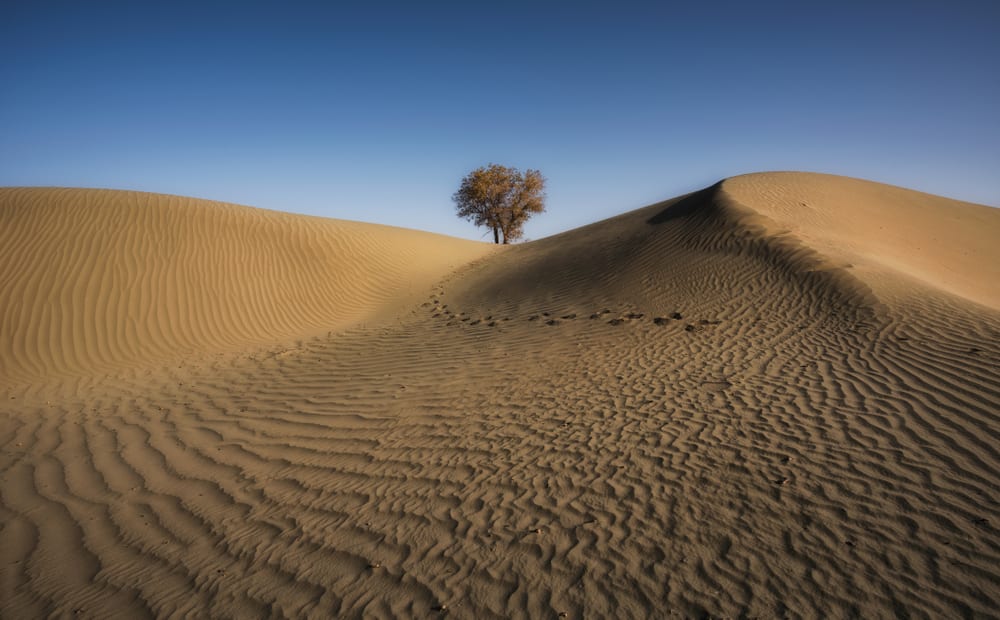
Eden is usually pictured as a green and verdant jungle. Those hoping to find Eden in all its glory on Earth would probably never go hunting for it in the desert. Tse Tsan-tai, a Chinese Christian and revolutionary, however managed to pinpoint Eden in the middle of the Taklamakan Desert.
In the book “The Creation, the Garden of Eden and the Origin of the Chinese” Tse Tsan-tai tried to tie some of the events of the Bible to locations in China. If he could do this then it would mean that Christianity was a natural part of China’s history. Whether he did this to everyone’s satisfaction is another question.
In the maps appended to the back of the book Tse Tsan-tai marked the location of Eden in the middle of the Taklamakan Desert – one of the largest sandy deserts in the world. It is extremely inhospitable today, but was it once humanity’s first home.[9]
1North Pole
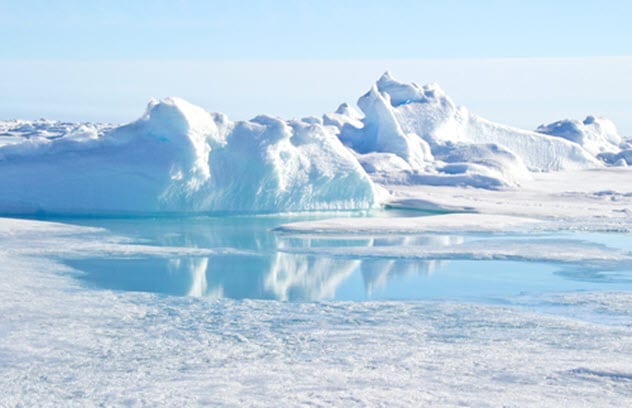
At the end of the 19th century one of the places Western explorers were desperate to reach was the North Pole. Given the technology of the day and limited maps of the region it was a spectacularly dangerous quest. Yet for those who reached the pole there were potential rewards – the might just find the Garden of Eden.
William F. Warren, long-time president of Boston University, wrote a book called “Paradise Found: The Cradle of the Human Race at the North Pole.” He was in no doubt that Eden was there. He also thought it might be home to Atlantis, Avalon, and a whole host of other holy sites from a host of world religions.
Warren was not too eager to actually go to Eden however. He thought that any explorer who made it to the North Pole could do nothing “but hurriedly kneel amid a frozen desolation and, dumb with a nameless awe, let fall a few hot tears above the buried and desolated hearthstone of Humanity’s earliest and loveliest home.” The only way back to Eden in his view was to die. Not many explorers have gone looking in that direction however, for obvious reasons.[10]
No comments:
Post a Comment